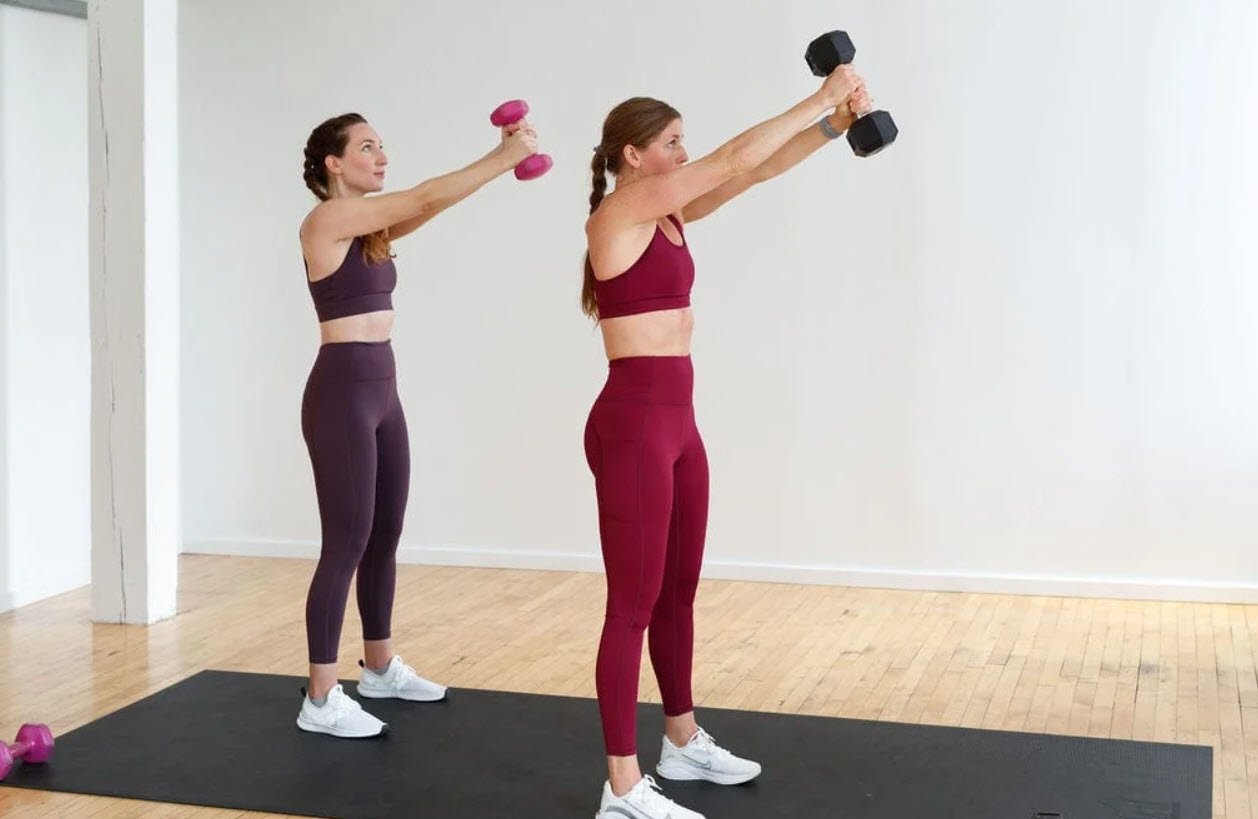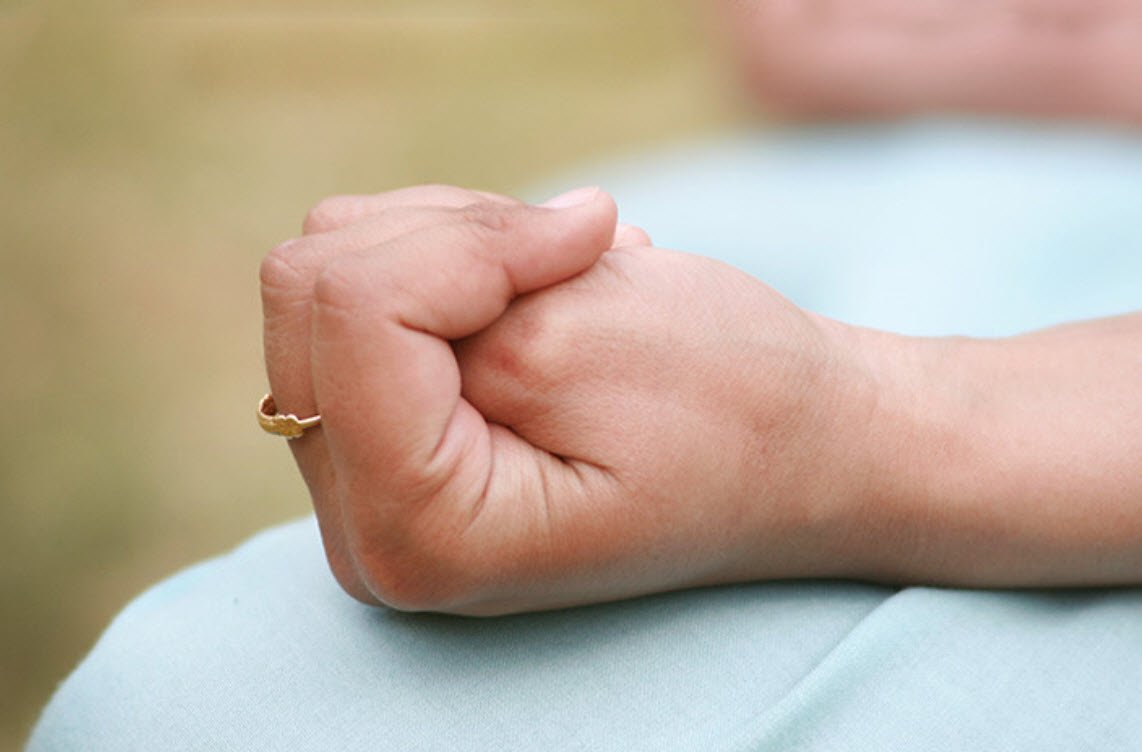
The body absorbs oxygen from the environment and exhales carbon dioxide through breathing. Given that the body needs oxygen to produce energy and support the operations of its cells and organs, it is an essential process for preserving life and good health.
Normal breathing is typically automatic and unconscious, but it can also be managed and changed for a variety of reasons, including relaxation, stress alleviation, and improved oxygenation during physical exercise. The need for medical care may result from abnormal breathing patterns, which may be a sign of diseases including sleep apnea, asthma, or respiratory distress.
Deep breathing activities are often thought to be advantageous for enhancing both mental and physical wellbeing.
– Warrior Breath
Warrior breath is a specific breathing technique often used in yoga and martial arts. It involves taking deep breaths in through the nose and out through the mouth, with a strong, focused intention. The technique is believed to increase physical and mental strength, clarity, and courage, and is often used as a tool for preparing for challenges and promoting inner peace.
Warrior breath can be practiced in various positions and can be incorporated into other forms of exercise or meditation. Some people also use warrior breath to calm anxiety and manage stress, by using the breath to bring their focus inward and create a sense of control in challenging situations.
1) Inhale/exhale With No Pause 21 Times
Inhaling and exhaling without a pause 21 times is a quick and effective way to increase oxygenation in the body and stimulate the respiratory system. This technique is known to boost energy levels, improve mental clarity, and calm the nervous system, making it a great tool for managing stress and promoting overall well-being. By focusing on the breath, one can also cultivate mindfulness and become more present in the moment.
2) At The End of The 21 Breaths – Implement The Box Breath For 4 To 5 Rounds
The Box Breath is a form of controlled breathing that involves breathing in for a specific count, holding the breath, breathing out for a different count, and holding the breath again before repeating the cycle. This technique is often used to calm the mind, reduce stress and anxiety, and promote relaxation. Practicing the Box Breath for 4 to 5 rounds after the 21 breaths can further deepen the effects of increased oxygenation, bringing a sense of calm and balance to the mind and body.
– Box Breathing
Box Breath, also known as Square Breathing, is a controlled breathing technique that involves inhaling for a count of 4, holding the breath for a count of 4, exhaling for a count of 4, and holding the breath again for a count of 4. This process is repeated several times, helping to calm the mind and reduce stress. Box Breathing is an effective tool for improving focus, mental clarity, and physical relaxation, and can be easily integrated into a daily mindfulness or meditation practice.
1) Inhale Big For 5 Counts
Inhaling big for 5 counts is a simple and effective breathing exercise that can be used to increase oxygenation in the body and stimulate the respiratory system. This technique involves taking slow, deep breaths in through the nose, holding the breath for a count of 5, and then exhaling slowly through the mouth.
By inhaling big for 5 counts, one can improve mental clarity, boost energy levels, and calm the nervous system, making it a useful tool for managing stress and promoting overall well-being.
2) Hold For a Count of 5
Holding for a count of 5 is a technique often used in breathing exercises to increase oxygenation and stimulate the respiratory system. This involves inhaling deeply and holding the breath for a count of 5 before slowly exhaling.
The technique can improve mental clarity, boost energy levels, and calm the nervous system, making it an effective tool for managing stress and promoting overall well-being. Holding the breath for a count of 5 can also improve focus and concentration, and can be easily integrated into a daily mindfulness or meditation practice.
3) Exhale Slowly For a Count of 4-5 Rounds
Exhaling slowly for a count of 4-5 rounds is a controlled breathing technique that can be used to calm the mind, reduce stress, and promote relaxation. This involves inhaling deeply, holding the breath, and then exhaling slowly for a count of 4 to 5, before repeating the cycle several times.
Exhaling slowly helps to release tension and calm the nervous system, leading to improved mental clarity and a sense of peace. This technique can be easily integrated into a daily mindfulness or meditation practice, and is a great tool for managing stress and promoting overall well-being.
– 2-7-8 Breathing
The 2-7-8 breathing method is a quick and efficient way to relax and relieve stress. It entails breathing for two counts, holding the breath for seven counts, and then exhaling for eight counts. Repeating the procedure helps to relax the body and encourages deep breathing.
This method has been demonstrated to lower anxiety, enhance sleep, and boost emotions of wellbeing. For people wishing to encourage relaxation and reduce stress in their daily lives, the 2-7-8 breathing technique is an excellent resource.
1) Inhale For 2
Inhaling for 2 is a counting technique used in certain breathing exercises to slow down the breath and promote relaxation. This involves inhaling slowly and deeply, counting to 2 while doing so, and then holding the breath, exhaling slowly, or continuing with the next step in the breathing exercise.
By inhaling for a specific count, one can focus on the breath and cultivate mindfulness, helping to calm the mind and reduce stress. Inhaling for 2 can be combined with other breathing techniques, such as exhaling for a count of 4 or 6, to create a more comprehensive breathing practice.
2) Hold For 7
Holding for 7 is a counting technique used in certain breathing exercises to promote relaxation and increase oxygenation in the body. This involves inhaling deeply, counting to 7 while holding the breath, and then exhaling slowly.
The technique helps to slow down the breath and calm the nervous system, leading to improved mental clarity and a sense of peace. Holding for 7 can be combined with other breathing techniques, such as inhaling for a count of 2 or 4, to create a more comprehensive breathing practice.
3) Exhale For 8
Exhaling for 8 is a counting technique used in certain breathing exercises to promote relaxation and calm the mind. This involves inhaling deeply, holding the breath, and then exhaling slowly for a count of 8. The technique helps to slow down the breath and release tension, leading to improved mental clarity and a sense of peace.
Exhaling for 8 can be combined with other breathing techniques, such as inhaling for a count of 2 or 4, and holding for a count of 7, to create a more comprehensive breathing practice. This technique can be easily integrated into a daily mindfulness or meditation practice, and is a great tool for managing stress and promoting overall well-being.
– Journey Breath
Journey Breath is a form of controlled breathing that involves imagining a journey through the body while focusing on the breath. This technique can help to calm the mind, reduce stress, and promote relaxation. During Journey Breath, one inhales and exhales slowly, imagining the breath moving through different parts of the body, such as the feet, legs, hips, torso, arms, head, and then out through the mouth or nose.
By focusing on the breath and visualizing its journey through the body, Journey Breath can help to release tension and promote a sense of calm, making it a useful tool for managing stress and promoting overall well-being.
1) 20-30 Min Of Breathing With Holds Of 3-4 Minutes
Holding your breath for 20 to 30 minutes with holds of 3 to 4 minutes is not recommended. While controlled breathing and breath holds can be a great way to promote relaxation, stress management, and overall well-being, holding your breath for such long periods of time can be dangerous.
Prolonged breath holds can lead to dizziness, fainting, or even cardiac arrest, and should be avoided. It’s important to always listen to your body and practice safe breathing techniques.
2) Be Sure To Seek Supervised Professional Guidance Before Trying This
Before attempting long breath holds, it’s crucial to have professional advice. This kind of breathing exercise should only be carried out under the guidance of a qualified practitioner because it can be harmful.
Before attempting any techniques that entail holding your breath for prolonged periods of time, it is best to speak with a doctor or a qualified breathing teacher, especially if you are new to breathing exercises or have any underlying medical concerns. You may make sure you are using safe and efficient breathing practises that support your general health and well-being by getting professional advice.
3) Not Recommended More Than Once Per Week
Prolonged breath holds are not recommended more than once per week. While controlled breathing and breath holds can be beneficial for stress management and overall well-being, they can also be dangerous if not done properly.
Doing these types of exercises more than once per week can increase the risk of dizziness, fainting, or even cardiac arrest. It’s important to listen to your body and practice safe breathing techniques. If you’re new to breathing exercises or have any underlying health conditions, it’s best to consult with a doctor or a certified breathing instructor before attempting any techniques that involve holding your breath.
Also read:
- Nourishing Passion – Specific Foods to Promote Sexual Health
- The Power of Compound Exercises – 5 Essential Moves for Full-Body Strength
- Alteryx Text Mining
- Exploring the Delightful World of Cold Sauces – From Aioli to Tapenade
- 11 Powerful Poses to Help You Shed Pounds
- How To Prepare Keto Vanilla Cake
- 15 Different Types of Citrus Fruits You Need To Know
- A Guide to the Diverse World of Peppers
- Exploring the World of White Teas – A Delicate Symphony of Flavors
- Crafting a Vienna Vanilla Coffee Latte









This Post Has One Comment